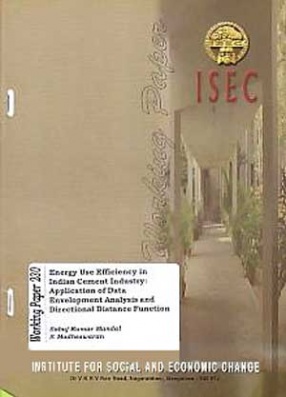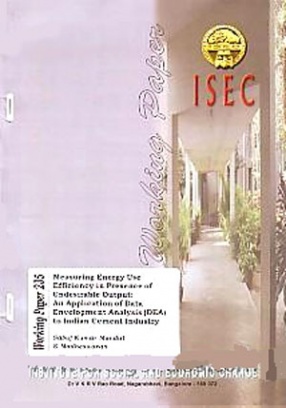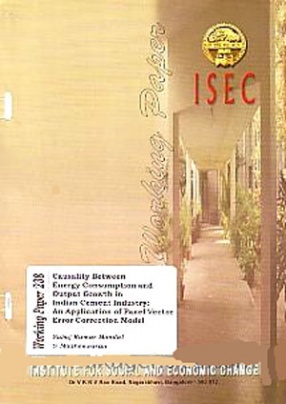The present paper aims at measuring energy use efficiency in Indian cement industry and estimating the factors explaining inter-firm variations in energy use efficiency. Within the framework of production theory, Data Envelopment Analysis (DEA) and directional distance function (DDF) have been used to measure energy use efficiency. Using data from electronic CMIE PROWESS data base for the years 1989-90 through 2006-07, the study first estimates energy efficiency and then compares the energy efficiency across firms in the Indian cement industry. Empirical results suggest that there is enough scope for the Indian cement firms to reduce energy uses, though this potential for energy saving varies across firms. A second-stage regression analysis reveals that firms with larger production volume have higher energy efficiency scores and that age of the firms does not have any significant impact on energy use efficiency. Also, higher quality of labor force associates with higher energy use efficiency. Finally, Energy Conservation Act, 2001, has not yet had any significant impact on energy use efficiency.
Energy Use Efficiency in Indian Cement Industry: Application of Data Envelopment Analysis and Directional Distance Function
Working Paper
Book: 230In stock
Free & Quick Delivery Worldwide
Bibliographic information
Title
Energy Use Efficiency in Indian Cement Industry: Application of Data Envelopment Analysis and Directional Distance Function
Working Paper
Working Paper
Author
Edition
1st ed.
Publisher
ISBN
8177911864
Length
20p., Illustrations; 30cm.
Subjects










There are no reviews yet.